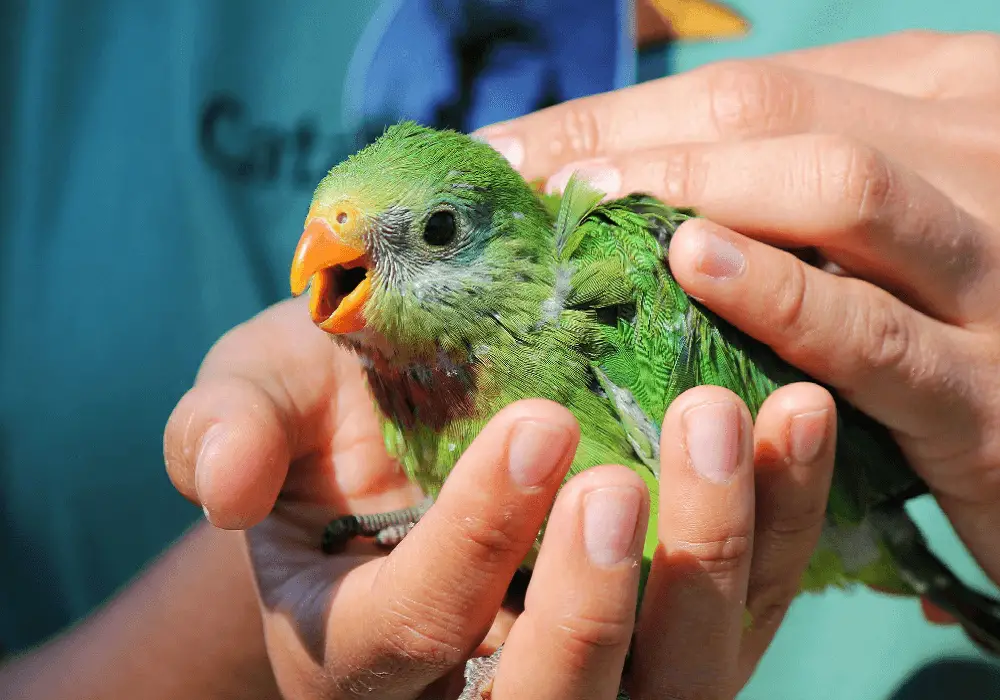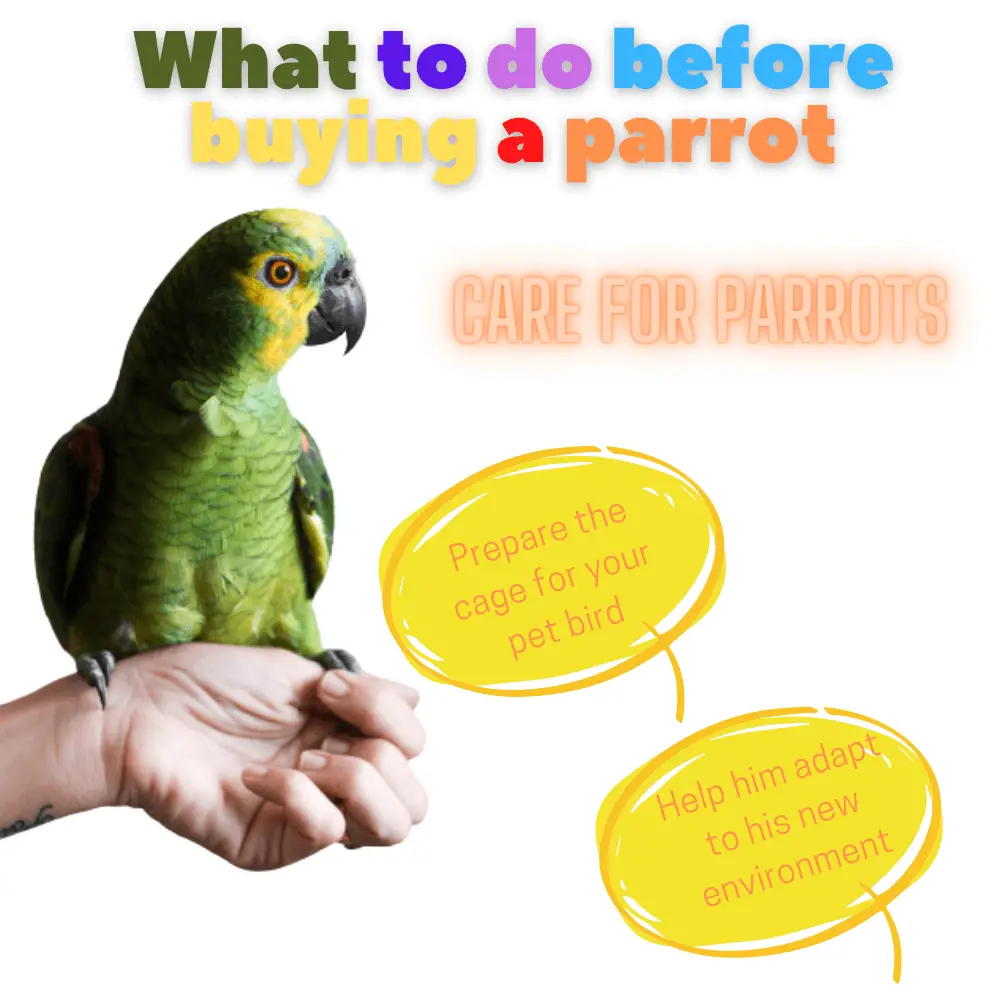Prepare the cage for your pet bird
 Prepare for the arrival of your pet Parrot
Prepare for the arrival of your pet Parrot
Are you planning to raise your pet bird in a cage, in an aviary, or devote a whole room to it? Of course, most animals have space to spread their wings, fly or climb, the better for their welfare. Anyway, this choice depends on the size of the bird, its species, and the number.
The shape and configuration of the cage or aviary are also important criteria. For example, we will favor the model’s built-in height for parrots, which tend to climb.
The sparrows, however, will need a large cage width to enable them to perform their horizontal takeoffs.
Also, think about the number of birds that you are about to welcome or that you plan to have in the longer term.
The worst-case scenario would be to have an overcrowded cage, as this would promote the spread of disease and expose the birds to stress.
Also, don’t forget to clean the cage and its accessories well before placing your pet bird (s).
Rinse it thoroughly to remove all traces of the cleaning product, which poses a risk of toxicity for your animal.
The same goes for the feeders, drinkers, perches, shelters, baths, niches, and other accessories decorating the cage.
Help him adapt to his new environment
When your bird arrives at home, you will have to carry out a delicate operation which is its placement in its new cage.
You must proceed without abrupt movements, because the animal, already stressed by the journey and having left its initial environment, must avoid any additional trauma. As a precaution, close all doors and windows in the room where the cage is located.
The drinkers and feeders must be filled before the bird arrives, to avoid disturbing it unnecessarily.
He will need maximum calm during the first few days, the time to adapt to this living environment which is totally foreign to him: the place itself, but also the noises, the lights, etc.
If you have other pets at home, keep them away from the bird as they may make it more stressful. It would be best if it was isolated for the first few days.
The first days
Little by little, your pet bird will become familiar with its new world. Give him time to acclimatize and reassure him with your presence, without being too intrusive.
Take him to the veterinarian for a full examination and take the opportunity to get lots of advice from the specialist.
Read also: “Choosing a pet bird”
At home, once the bird is tamed and trust established (this obviously takes much more than a few days), you will be able to take it out of its cage more and more often.
However, never let it fly in the (closed) room unsupervised because there is a risk of accidents: small objects that can be swallowed, electrical appliances, toxic ornamental plants…
5 THINGS TO PREPARE BEFORE YOU GET A PARROT
SOURCE: Flock of Five

